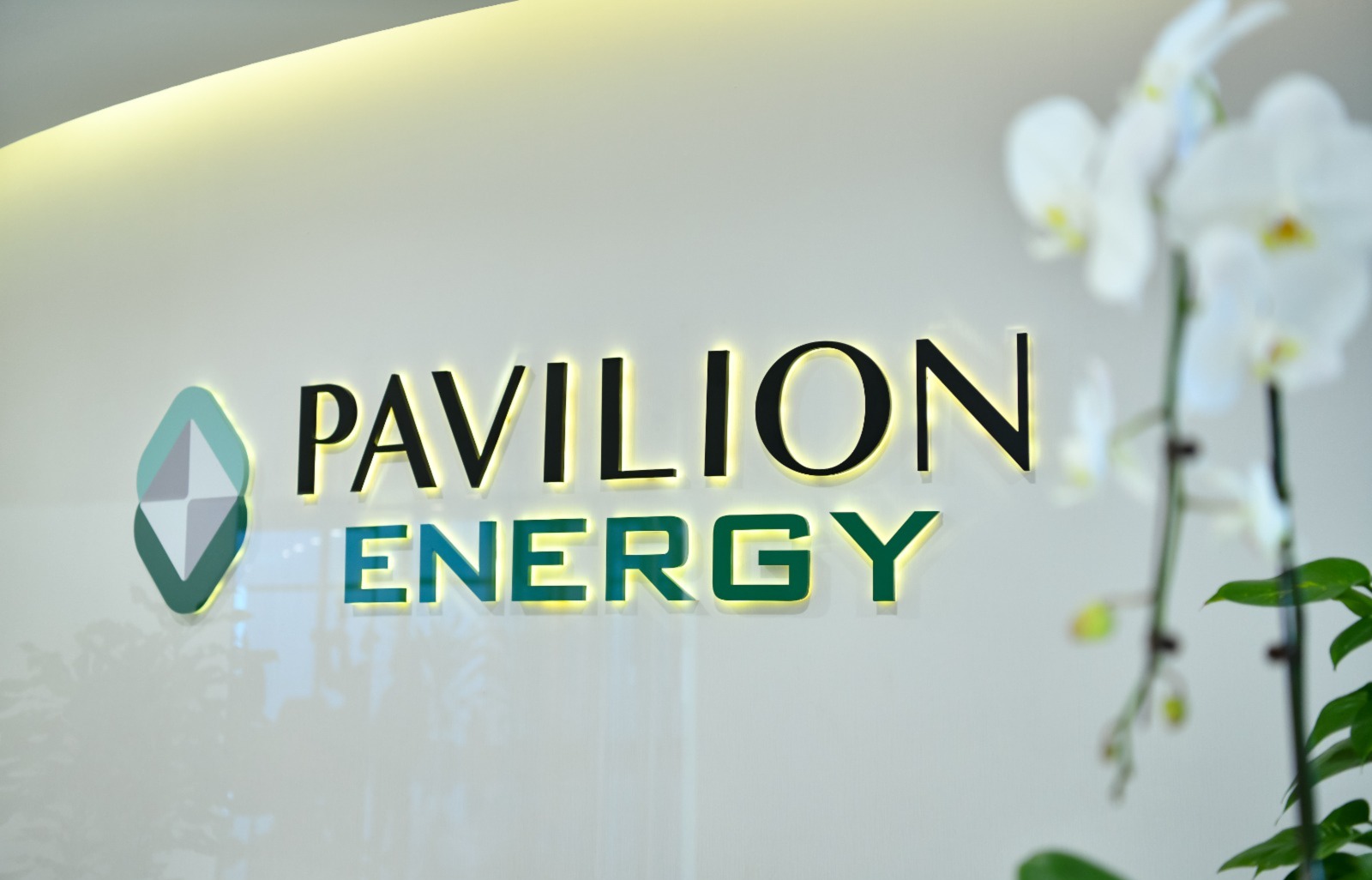Pavilion Energy, established by Singapore's sovereign wealth fund Temasek earlier this year, will start trading LNG in the fourth quarter of this year, CEO Seah Moon Ming said at an industry event Wednesday.
"Pavilion LNG is aiming to begin regional trading of LNG within the next three months," Seah said at a conference in Singapore, adding that Singapore has the right conditions to eventually become the first LNG trading hub in the region.
"Today I can say with confidence that Singapore will unveil itself as a major LNG trading hub in the region. I believe we have what it takes to attract growing LNG volumes into Asia, and will be in a position to set LNG prices in the region," Seah said.
"Our strategic priorities are clear, we will secure LNG supply from diversified global sources and at the same time create an aggregate gas demand in Singapore and the region," he added.
To increase liquidity, Pavilion is currently looking to grow regional demand for LNG, and is aiming to add value across the full chain by investing in LNG assets and related businesses.
Following investments in Kunlun Energy, the listed natural gas subsidiary of Chinese state-controlled company PetroChina and in US-based LNG terminal operator Cheniere Energy, Pavilion Energy is on the lookout for other global supply opportunities.
"Pavilion Energy is also looking at feedgas and LNG supply opportunities in [the] Americas, Australia, and Africa," Seah said. The goal of Pavilion's approach is to provide greater geographical diversity as well as in price index and contract duration to remain nimble in fast-changing LNG markets.
To support a potential influx of new deals, Pavilion will rely mostly on its initial startup capital of $1 billion, but Seah hinted that more capital could be injected as investment plans unfold.
"Our plan is to acquire assets across the full LNG value chain by building strong relationships with key partners, investing and co-investing in gas acreage, liquefaction plants, assets, shipping and regasification, which will work to drive synergy, success in operations and developing cost competitiveness," Seah said.
Skeptics of Singapore's ambitions to become an LNG trading hub have pointed to the lack of storage facilities at the Singapore LNG Facility, which currently boasts two storage tanks with a capacity of 188,000 cubic meters each. Standard-size LNG ships could discharge around 160,000 cu m of LNG, so any ambitions for a trading hub would be difficult to make a reality given the current infrastructure constraints.
There is space to increase storage to seven tanks at the Singapore LNG site, with the possibility of adding two LPG tanks as well.
Singapore LNG is currently building its third storage tank, which is expected to be completed in 2014, which will raise the capacity to 6 million mt/year. Construction on the fourth storage tank, which will raise the terminal's capacity to 9 million mt/year, has not yet started.
-- By: Max Gostelow, max.gostelow@platts.com
-- Edited by: E Shailaja Nair, shailaja.nair@platts.com






